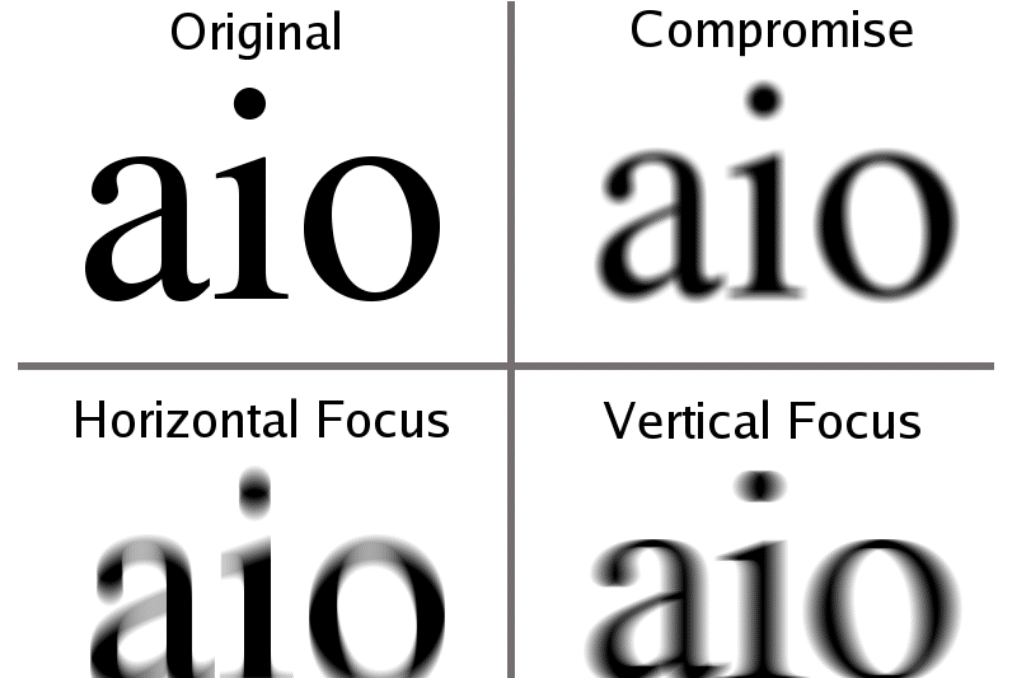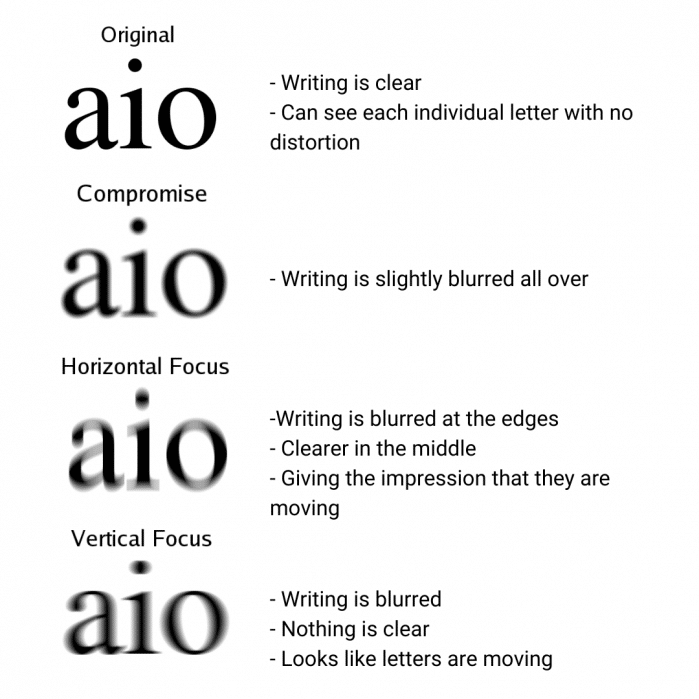
Astigmatism
If you’re struggling with blurry vision, eyestrain, headaches, or difficulty seeing at night, there is a good chance that you have astigmatism. Often referred to as stigmatism, astigmatism is a clinical term used to describe vision problems that stem from a misshaped cornea, the protective outer layer of the eye.
In most cases, a misshaped cornea will negatively affect the way light either passes or refracts to the retina, which is the thin layer of tissue that lines the back of the eye.
When this occurs, the resulting symptoms are usually blurred or distorted vision, which can give way to headaches and can make night vision exceptionally challenging. That being said, there are two distinctive types of astigmatism: corneal and lenticular.
In this article, we will take a closer look at what causes this eye condition and treatments that are available.
What Causes Astigmatism?
While the exact aetiology of astigmatism is not clear, most eye care professionals will agree that genetics is one of many contributing factors.
Genetics can also determine whether an individual will develop corneal astigmatism (an irregularly shaped cornea) or lenticular astigmatism (an irregularly shaped lens). Common risk factors and symptoms of astigmatism include:
- Extreme near-sightedness
- Extreme far-sightedness
- Eye injuries
- History of eye surgery
- Scarring or thinning of the cornea
- A family history of astigmatism
Common Symptoms
Some of the most common symptoms include:
- Poor distance vision
- Chronic eye strain
- Seeing starburst around lights
- Blurred vision
Diagnosing Astigmatism
Although you may suspect that you have astigmatism if you’re experiencing blurred vision or other vision problems, you will need to be seen by an optometrist or an ophthalmologist to know for sure. When it comes to an eye test to check for astigmatism, there are several.
Most eye care professionals, including Paul Fotkou at Adelaide City Optometrist, will start by conducting a visual acuity assessment test, which is used to identify how well you can make out letters or symbols from varying distances.
From there, your optometrist will perform the following additional tests:Refraction eye test – This type of eye test entails the use of an optical refractor, a machine with a variety of corrective glass lenses.
Refraction tests are generally used to measure one’s refractive error and to determine their prescription for either glasses or contact lenses.
Keratometry – This test entails looking through a keratometer, a device used to measure the curvature of the cornea.
How Is It Corrected?
Your eye care professional will recommend a variety of treatments that can correct the problem, some of which include wearing prescription contacts or eyeglasses.
Contact Lenses – When it comes to resolving the condition, prescription toric contacts are a go-to for many individuals. These soft contact lenses are comfortable to wear and have a toric shape that is capable of bending and adjusting to allow your eyes to better focus on light.
This unique design also helps deliver clear, undistorted vision due to their capacity to correct varying degrees of short-sightedness or long-sightedness. It is important to note, however, that these contacts may not be right for everyone.
For those with severe astigmatism, many eye care professionals will instead recommend gas-permeable, rigid lenses to correct vision problems.
Glasses – Prescription eye glasses are also effective when it comes to correction. In these cases, an eye care professional will give patients a prescription that includes a cylinder, axis, and sphere measurement.
An optometrist will use this information to make glasses that are capable of correcting not only an individual’s astigmatism, but also their near-sighted or far-sighted vision problems.
Therefore, if you’re struggling with less than perfect vision, astigmatism may be the culprit. As such, it is a good idea to have your vision checked as soon as possible.
Generally, mild astigmatism is corrected by wearing prescription contacts or glasses. Of course, if it is severe, there are other treatments that can help.
For people with astigmatism, it may seem a bit of a hassle to see things differently, but with the technology available to us today, we can do so much to help with the vision correction and discomfort.
It is becoming a more common eye condition, and it is recommended to schedule an appointment with Paul Fotkou if you are in the Adelaide CBD. Paul is a a well-regarded Adelaide optometrist with more than 20 years of experience in diagnosing and treating vision problems. To learn more about astigmatism or to schedule an appointment, visit Adelaide City Optometrist today.



